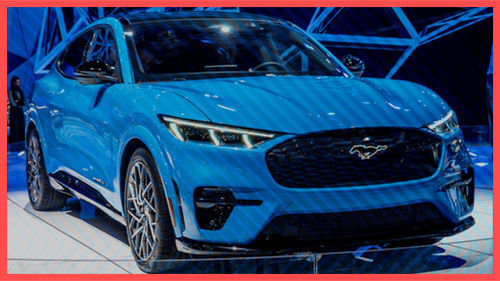

2007- Present
The transition to electrification takes hold.
From the early years with Toyota Prius and Tesla Roadster, to the proliferation of EVs we see today, the emerging presence of electrification comes about as the nation – and the world – moves swiftly in that direction. California regulators have mandated that all new vehicles sold within the state be zero emission by 2035. Since 2022, an unprecedented selection of test-driving opportunities in electric and hybrid – as well as gas-powered – cars, crossovers, SUVs, and trucks have been presented at LA Auto Show, with multiple outdoor and indoor ride-and-drive EV tracks showcasing premier manufacturers and their latest models. The 2025 show will continue to evolve and highlight even more hands-on experiential offerings, the latest technology, and the Los Angeles car culture.


2006
The show moved dates from early January to late November/early December, resulting in two shows, the second of which was celebrated as the show’s centennial, despite its 100th year actually being 2007.
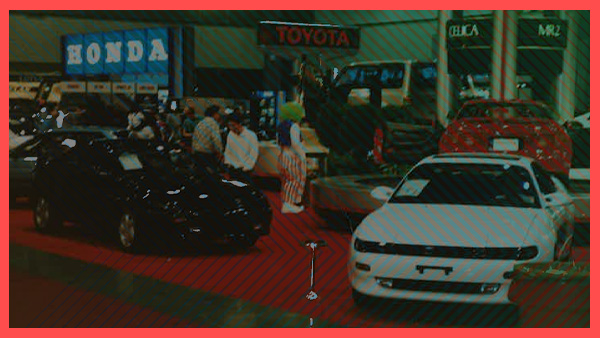

1993 – Modern Era
The expansion of the Los Angeles Convention Center in 1993 finally provided the show with enough space to meet the increasing needs of the now fully international, news-breaking, world-renowned exhibition.
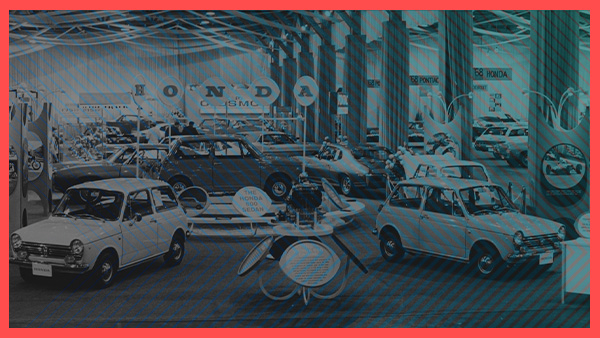

1960’s
Continued growth, including the introduction of Japanese manufacturers, required an additional 60,000 sq ft of exhibition space to be erected at the Pan Pacific Auditorium. Presentations became more elaborate with cutaway cars and experimental future cars.
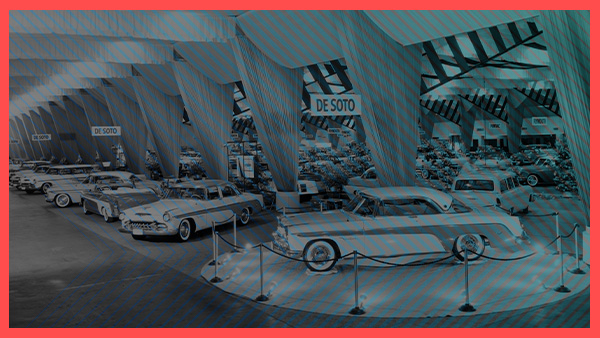

1952
The show returned to the Pan Pacific Auditorium with 152 vehicles on display, including manufacturers from England, France, Italy, as well as the U.S. The previous show held back in 1940 included no overseas manufacturers.
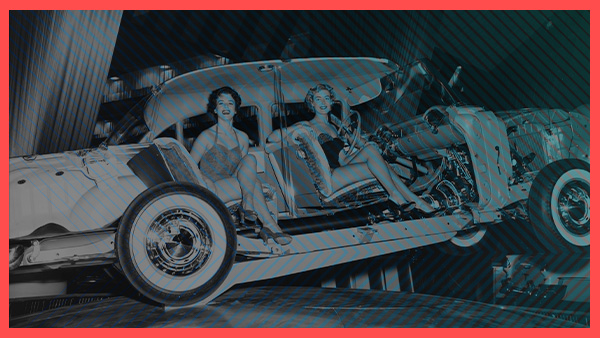

1950’s
After soldiers returning from the war raised the interest in European cars, the number of imports at the show climbed steadily during the 1950’s – and “International” was added to the name. By the end of the decade, 400 vehicles were on display, including models from 7 foreign countries.
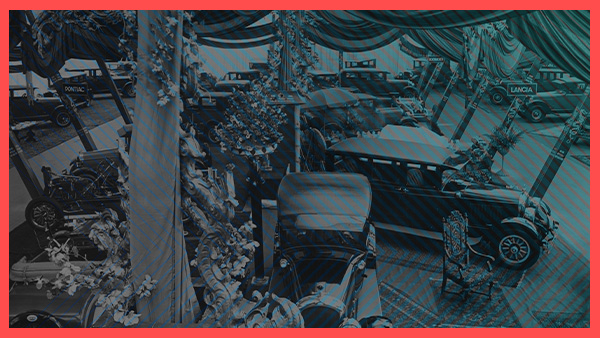

1940
This was the last show before being canceled for 12 years due to WW2.
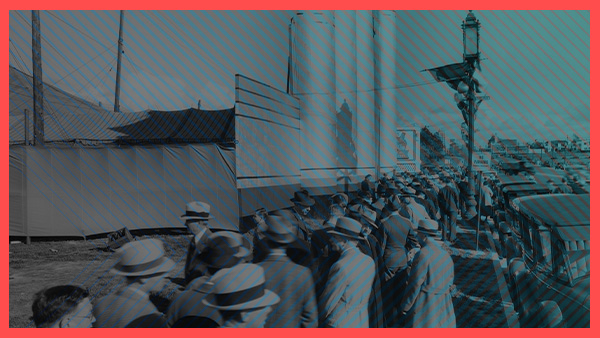

1935
Two separate shows were held this year after President Roosevelt requested that all the major auto shows move their dates from winter to the fall so that car sales would boost the economy and provide for a more cheerful Christmas season. The first was held at the Wilshire Boulevard and Fairfax Avenue location, and the second one at the Pan Pacific Auditorium.
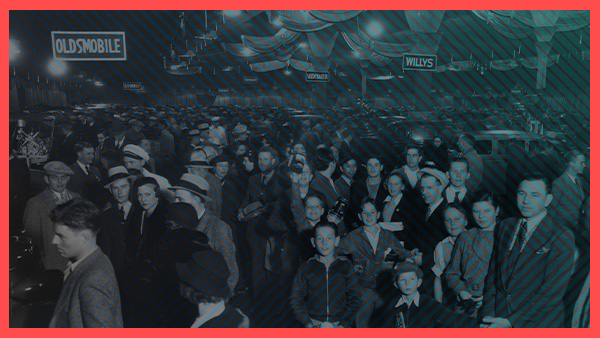

1931 – 1935
The show was held at the corner of Wilshire Boulevard and Fairfax Avenue.
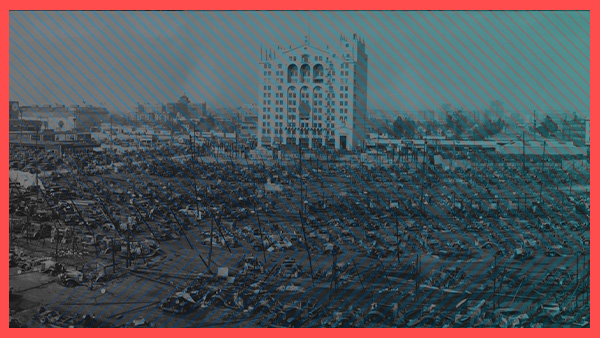

1929
On March 5th, an electrical short circuit in one of the airplane exhibits started a fire that engulfed the entire show. More than $1 million worth of vehicles were destroyed, but luckily none of the 2,500 people at the show were seriously injured. Amazingly, the show would go on; with a fleet of tow trucks provided by Southern California Auto Club, enough cars were found to assemble a new auto show, just one day later at the Shrine Auditorium.
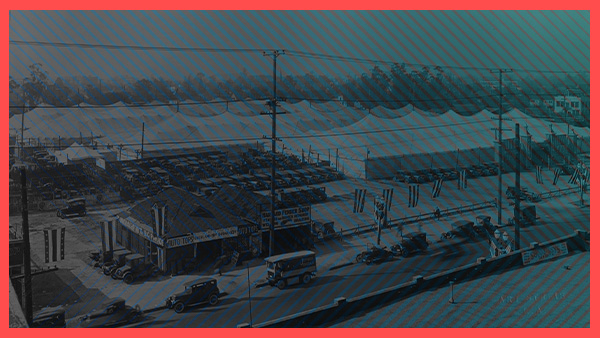

1926 – 1930
The show was held at the corner of Hill and Washington with 120,000 sq ft of exhibit space, allowing for new kinds of vehicles including boats and airplanes.
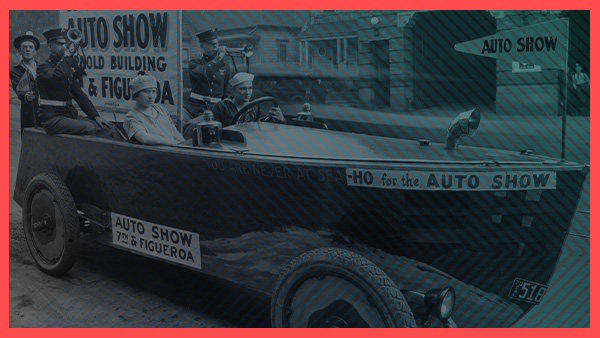

1915
Now called the Broadway Automobile and Flower show, it took over 4 floors of a vacant department store building – two floors for automotive displays, one for competitive flower displays, and a final floor containing accessories, a café, and a ballroom. Between 1920 and 1930 the show moved four times between buildings and tents.
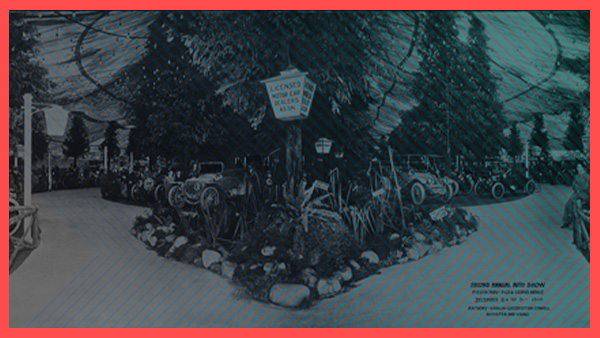

1910
The venue changed once again to expand the show, this time to a former field at Fiesta Park, which was converted into the show site using tents providing 80,000 sq ft of exhibit space.
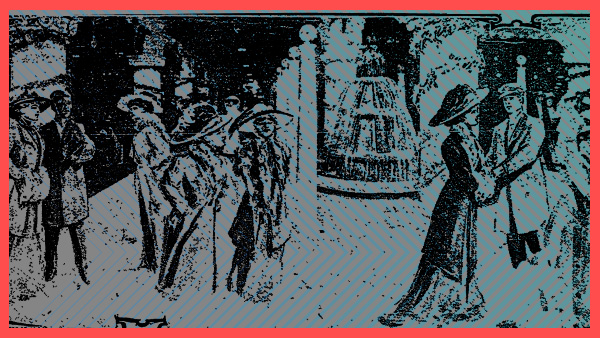

1908
The second LA Auto Show moved to the basement of Hamburger’s Department store and now featured a green and white color scheme.
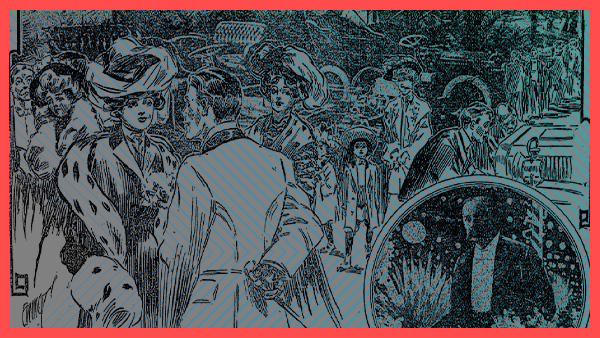

1907
January 21 – 27, 1907
Launched at Morley’s Skating Rink on Grand Ave., the show was formally opened by LA Mayor Arthur C. Harper at 8 pm to more than 3,000 people. It was the first show to take place on the West Coast and the largest of its kind west of Chicago with 46 manufacturers and 99 vehicles on display, including models by Maxwell, Perrless, Overland, Pope-Toledo, White, Ford, and Cadillac. The selection also featured two electric cars and one foreign car – a Darracq from France; attendance and interest were so high that the show was extended for an extra day.